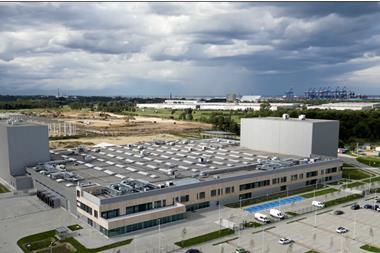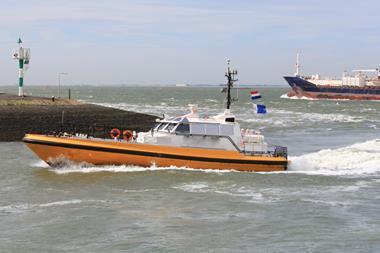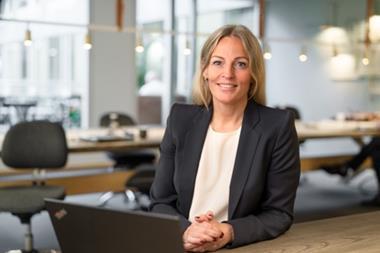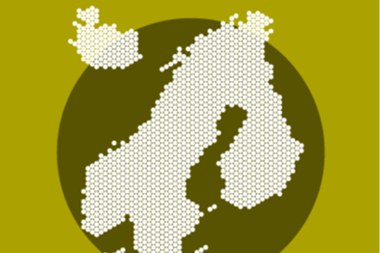SWEDEN - AP7 has appointed Normura Asset Management to run an alpha investment strategy focusing on Asia and Japan.
As a result, the Swedish national buffer fund now has eight alpha mandates with various managers and is expected to add to this list during the summer.
Nomura has been working with AP7 since 2001 and Richard Gröttheim, deputy executive president of the pension fund, said he was happy with the service provided so far. He said this was why AP7 wanted to continue managing the assets through the alpha mandates without using traditional active management.
The profits of Swedish asset management companies and life insurers’ rose during the first quarter of 2010, because of the favourable equity market environment, stronger client activity and increased risk appetite. The asset management and life operations of the country’s four largest banking groups Handelsbanken, Nordea, SEB and Swedbank all followed similar trends.
Handelsbanken Liv revealed its quarterly investment returns. The figures were not reported on total assets but rather in various portfolios depending on the guarantees it had offered its clients. For example, clients’ portfolios with a 5% guarantee returned 2% in the first quarter.
Handelsbanken’s asset management unit’s operating profit rose by SEK37m (€3.84m) to SEK163m, an increase of 29% from year-end, with the life business accounting for the majority of the boost.
Assets under management in Handelsbanken Liv increased by 32% to SEK70bn, with unit-linked insurance accounting for the majority of the increase. Handelsbanken’s fund management unit in total also saw an increase in asset under management by 41% to SEK231bn. The total volume of assets under management by the group was SEK268bn. Discretionary management volumes rose by 24% to SEK63bn. Of the assets under management, SEK 18bn were invested in Handelsbanken’s mutual funds.
Rival firm Nordea’s investment return for its life and pensions products during Q1 2010 was 2.9% for the quarter and the financial buffers were 7.1% of technical provisions (equivalent of €1.7bn), an improvement of one percentage-point compared to the fourth quarter. Total assets for the life portfolio rose to an all-time-high of €40bn, up 6% from the previous quarter and 25% from one year ago, as result of asset appreciation and a net inflow of €600m.
In the first quarter, Nordea Life & Pensions in Sweden was selected as a unit-linked provider in Sweden’s ITP occupational pension system for white collar workers, making Nordea the only distributor providing a full product offering.
Nordea’s asset management division delivered in total an absolute return to the customers of almost 6%. However, first quarter’s investment performance was mixed for Nordea’s product range. Fixed income performed well and 73% of the composites outperformed their benchmarks, whereas several equity-related and balanced products did not. Nevertheless, relative investment performance over the past 36 months continues to be strong, with 74% of the investment composites outperforming their benchmarks.
The institutional asset management business also continued a positive development with inflows of €100m from existing and new customers. Institutional assets under management increased 4% to €29.2bn, excluding life and pension assets.
SEB’s life division saw an increase in profits of 28% during the first quarter of 2010, compared with the same period in 2009, and assets under management increased by 2% to SEK411bn.
The firm’s wealth management division, which consists of institutional clients and private banking, saw operating income increase by 15% as a result of a 13% increase in assets under management, as well as positive investment performance and transaction fees.
Swedbank’s traditional pension product returned 3.2% for the first quarter, 0.48 percentage points below its benchmark. The firm’s insurance unit boosted its operating results by 59.8% to SEK78.4m compared to the first quarter of 2009, and assets under management grew to SEK88.4bn from SEK80.4bn at year-end.
Asset management profit for the period amounted to SEK158m, with income rising by 57%, excluding refunded management fees of SEK480m due to incorrect charges in the previous year. The increase in income was primarily due to higher assets under management. Expenses increased by 4%, partly as a result of recruitments in risk management and compliance.












No comments yet